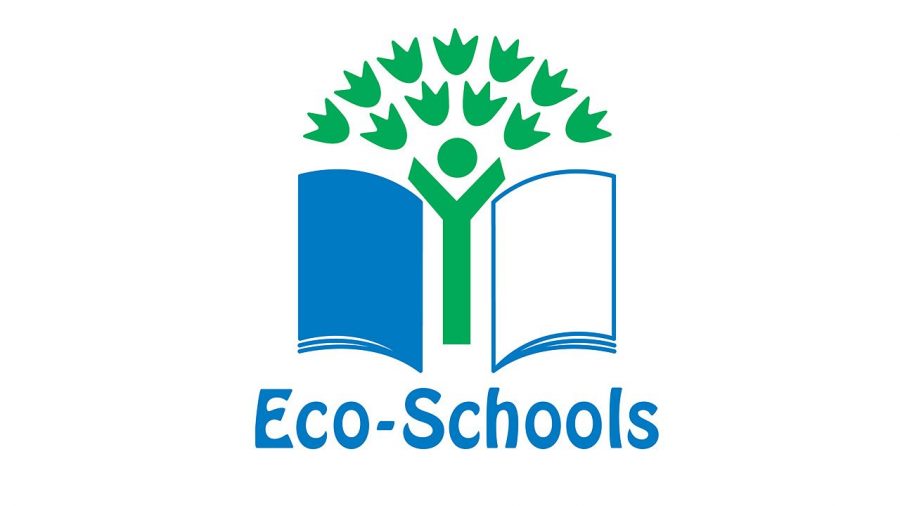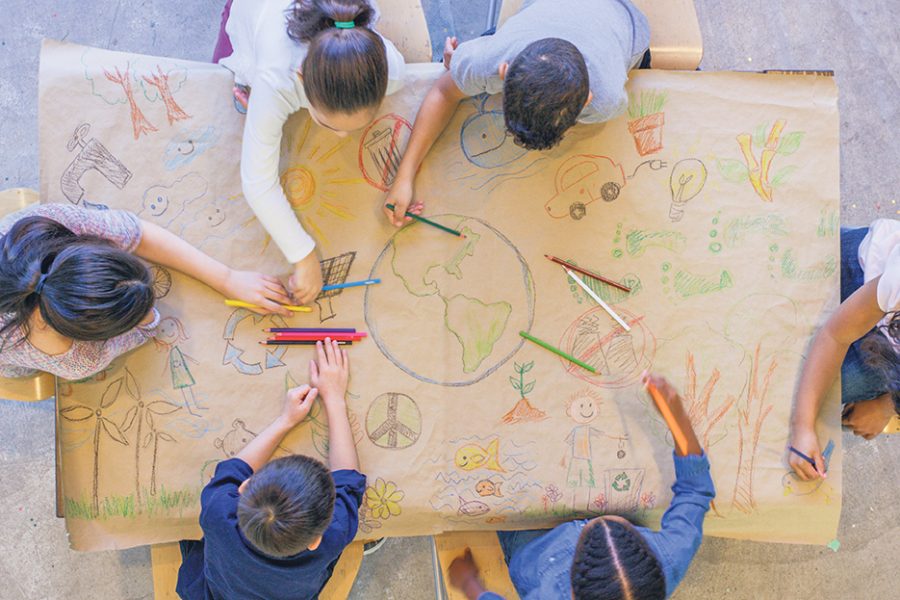What it is and why it matters
by Jonathan Starling
In 2015 the UN agreed on the 2030 Agenda for Sustainable Development as a shared blueprint for peace and prosperity ‘for people and the planet, now and into the future’. At the heart of this 2030 Agenda are the 17 Sustainable Development Goals (SDG), each with various targets, which, taken together, serve as a roadmap for every nation and the world as a whole.
With this being the month of ‘back to school’ the focus of this article is on the fourth SDG – Quality Education, and in particular target 4.7 of this SDG, which refers to education for sustainable development (ESD). Here I will discuss what ESD is, why it matters, and how it applies in Bermuda.
The SDG 4 is ‘ensure inclusive and equitable quality education and promote lifelong learning opportunities for all’. There is a total of seven targets under this goal, of which the relevant one for ESD is number 7:
“By 2030, ensure that all learners acquire the knowledge and skills needed to promote sustainable development, including, among others, through education for sustainable development and sustainable lifestyles, human rights, gender equality, promotion of a culture of peace and non-violence, global citizenship and appreciation of cultural diversity and culture’s contribution to sustainable development.”
For this target, there are two indicators:
- Percentage of population in a given age group achieving at least a fixed level of proficiency in functional (a) literacy; and (b) numeracy skills; by sex.
- Extent to which (i) global citizenship education and (ii) education for sustainable development, including gender equality and human rights, are mainstreamed at all levels in (a) national education policies; (b) curricula; (c) teacher education; and (d) student assessment.
What It Is & Why It Matters
Now what this means is that ESD is focused on empowering learners to take informed decisions and actions for environmental integrity, economic viability and a just society, for present and future generations, while respecting cultural diversity. Furthermore, it is not restricted solely to the formal education system but is about lifelong learning (and equipping citizens with the skills needed for that) and is fundamental to quality education (the 4th SDG itself).
It is also a holistic approach to education – every subject is relevant to ESD, not just biology or science classes generally, as is all too often the perception. ESD and the principles involved are as relevant for subjects such as economics, civics, art, history and mathematics as they are for biology and science classes. Nor is it supposed to be restricted solely to the classroom – ESD envisions a whole school approach, as well as involving the wider community. The point of ESD is not simply that of achieving quality education but the goal of transforming society.
Education for sustainable development is crucial for developing citizens who are able to cope with the challenge of sustainability and the various crises of climate change and biodiversity that are expected to dominate the 21st Century, with particular consequences for small island states like Bermuda.
And of course, there are transferable skills that arise from ESD (although the intention is that citizens apply sustainability thinking in all things, so that isn’t exactly surprising). In 2017 UNESCO released an outline of the eight competencies that define ESD:
- Systems Thinking: The ability to recognise and understand relationships; to analyse complex systems; to think of how systems are embedded within different domains and different scales; to deal with uncertainty.
- Anticipatory: The ability to understand and evaluate multiple futures – possible, probable and desirable; to create one’s own visions for the future; to apply the precautionary principle; to assess the consequences of actions; and to deal with risks and changes.
- Normative: The ability to understand and reflect on the norms and values that underlie one’s actions; and to negotiate sustainability values, principles, goals and targets in a context of conflicts of interests and trade-offs, uncertain knowledge and contradictions.
- Strategic: The ability to collectively develop and implement innovative actions that further sustainability at the local level and beyond.
- Collaboration: The ability to learn from others; to understand and respect the needs, perspectives and actions of others (empathy); to understand, relate to and be sensitive to others; to deal with conflicts in a group, and to facilitate collaborative and participatory problem-solving.
- Critical Thinking: The ability to question norms, practices and opinions; to reflect on one’s values, perceptions and actions; and to take a position in the sustainability discourse.
- Self-Awareness: The ability to reflect on one’s role in the local community and global society; to continually evaluate and further motivate one’s actions; and to deal with one’s feelings and desires.
- Integrated Problem Solving: The overarching ability to apply different problem-solving frameworks to complex sustainability problems and develop viable, inclusive and equitable solution options that promote sustainable development.
As you can see from the above, ESD is not simply about learning about Bermuda’s natural history, as important as that is (and is part of it). Nor is it simply a school creating an environmental mural or growing vegetables in a school garden (although that can be part of it).
 Eco-Schools
Eco-Schools
In Bermuda the SDG’s, and SDG 4 do inform our educational policies. While schools can incorporate education for sustainable development in various ways, one of the most popular approaches is the Eco-Schools Programme, formerly operated by Greenrock and now by the Bermuda Underwater Exploration Institute (BUEI).
As an overview, the Eco-Schools Programme is part of the Foundation for Environmental Education, which works with UNESCO to achieve ESD through its various programmes, of which Eco-Schools is their flagship.
The process involves a seven-step method, which begins anew with each school year, involving:
- Establishing the Eco-Schools Committee – which also selects the theme focused on for the year.
- Doing an audit relevant to the theme – such as energy, this would involve reviewing the school’s energy use and what is using the energy at the school.
- Developing an action plan – if energy, how to reduce energy usage?
- Monitoring and evaluation – is the action plan working? If not, why not?
- Curriculum linking – Eco-Schools isn’t supposed to be limited to just the committee or just one class. The theme is supposed to link with the entire curricula of the school. The data from the audits, for example, can provide relational knowledge for maths class, or economics. English class can involve literature or poetry themed around the chosen theme. Same for art class. The theme also can be applied in history (history of electricity, of greenhouse gas emissions, etc.) and of course in the science (what is electricity; what are fossil fuels; how do renewable energy sources work, etc.).
- Informing and involving the wider community – community outreach and involvement, first through a whole school approach and then to the wider community.
- Developing an Eco-Code – to reinforce the lessons from the theme.
Of the different themes available, there are twelve to choose from, and schools are encouraged to select one per year – but to maintain past themes each year too. The twelve available themes are:
- Biodiversity & Nature
- Climate Change
- Energy
- Food
- Global Citizenship
- Health & Wellbeing
- Litter
- Marine & Coast
- School Grounds
- Transport
- Waste
- Water
For more information about Eco-Schools and how you or your school can get involved, contact BUEI at [email protected]

